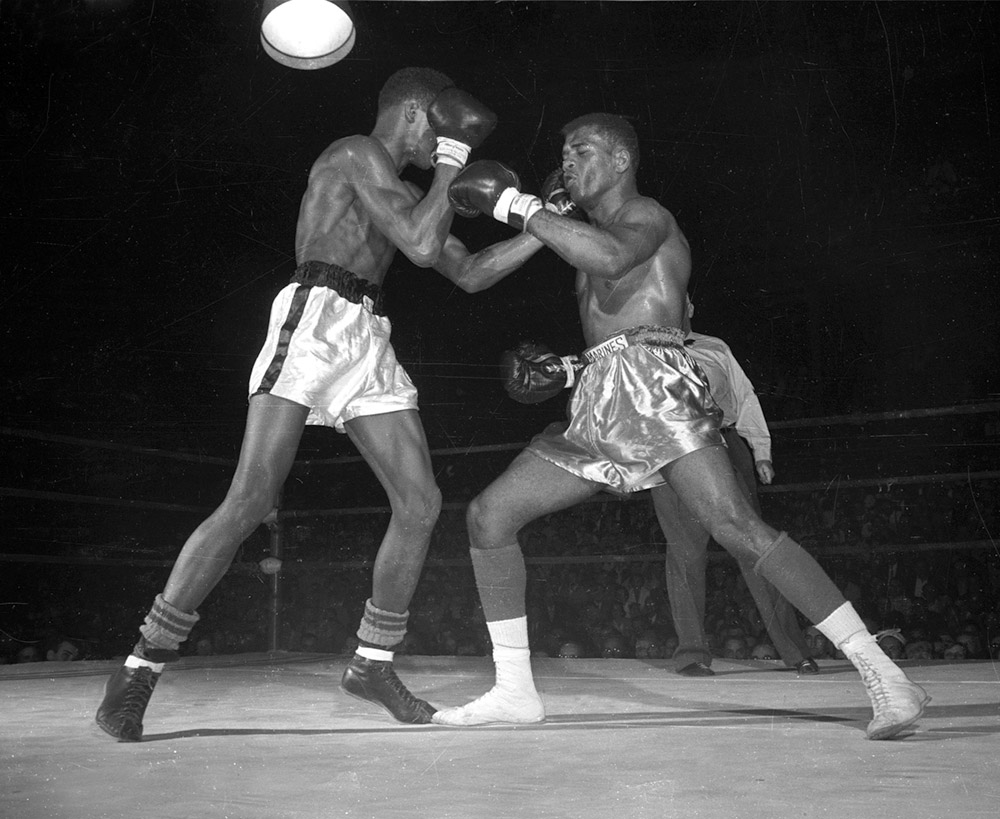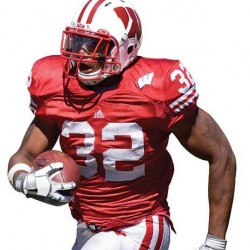Ali at the UW

Before he was known to the world as Muhammad Ali, 17-year-old boxer Cassius Clay (left) came to the UW for a match at the Field House. WHS image id 10122
Even a world-champion-to-be can have a bad day.
For Muhammad Ali — who died in June — one of those days came on April 30, 1959, at the Field House. Because of its well- regarded boxing program, the university was playing host to the trials for the Pan-American games, an Olympic-style event in which Ali hoped to compete.
Ali, then known as Cassius Marcellus Clay Jr., was a 17-year-old amateur from Louisville, Kentucky, described by local sports writers as “rangy, long-muscled, and pleasant-faced.” He was riding 36 straight wins.
Even so, the young Ali had not yet garnered the universal acclaim he would eventually earn.
During the 178-pound final bout, Ali, whom reporters deemed “weary,” lost his last two rounds to Amos Johnson of the Marine Corps — his first loss in 37 outings.
Of course, that defeat at the Field House was nothing more than a blip on the radar. In 1960, Ali won Olympic gold, and in 1964, he became the heavyweight champion of the world, holding the title three times.
Nine years later, amid the peak of the civil rights movement and the ongoing conflict in Vietnam, Ali returned to the UW — but for politics, not sports. Ali had become an outspoken activist for African Americans and Islam, and a strident opponent of the war. On April 26, 1968, 3,000 students and faculty crowded into the Stock Pavilion to hear Ali speak on “The Black Muslim’s Solution to Racism.”
His speech, like the man himself, was controversial. As a follower of the Nation of Islam, he called for America to provide black people with a separate country to call their own.
“We don’t want no pie in the sky when we die,” Ali told the roaring crowd. “We want something sound on the ground when we’re still around.”
And while his separatist vision was never embraced, Ali’s work to empower black Americans remains central to his legacy.
Published in the Fall 2016 issue


Comments
No comments posted yet.